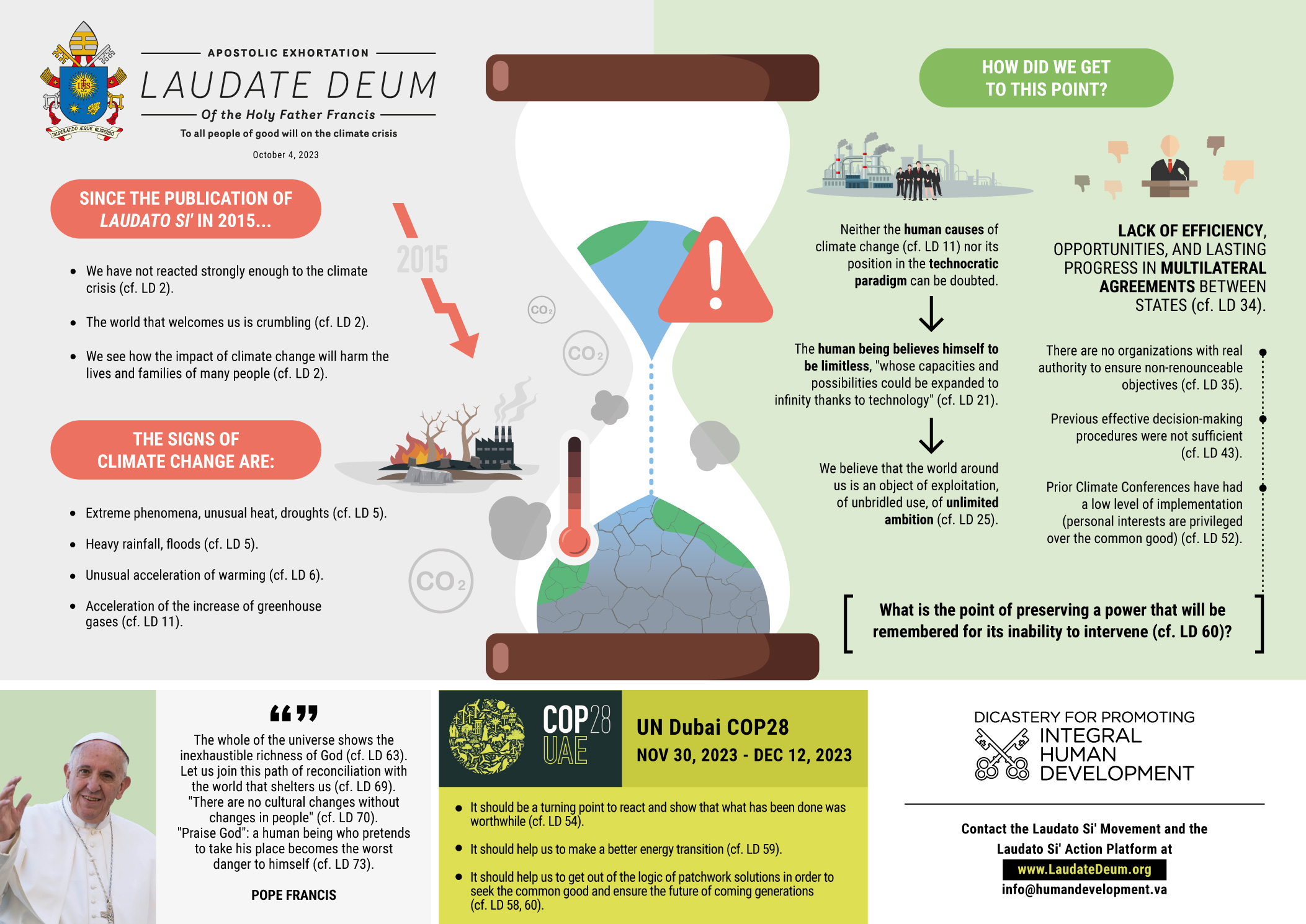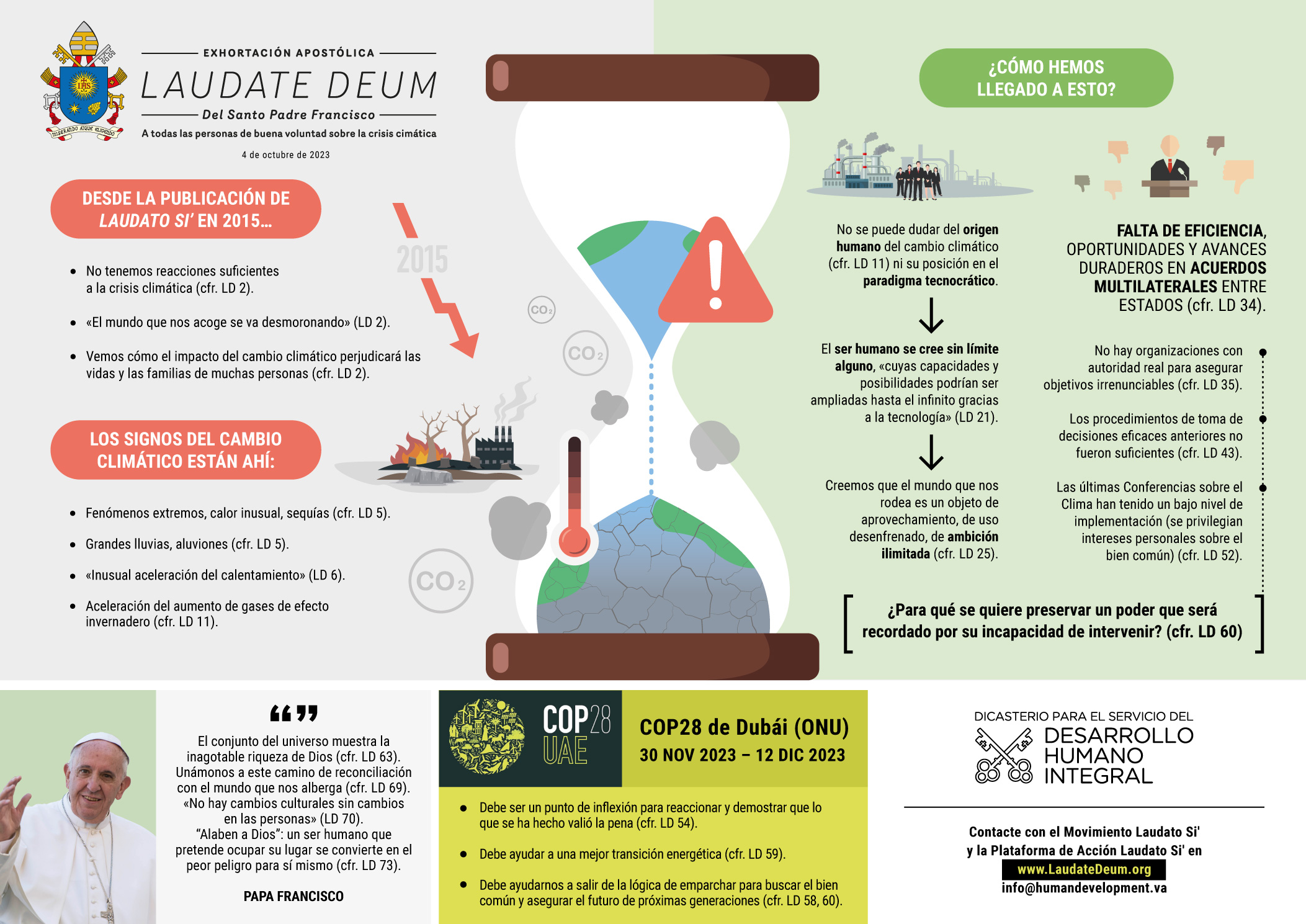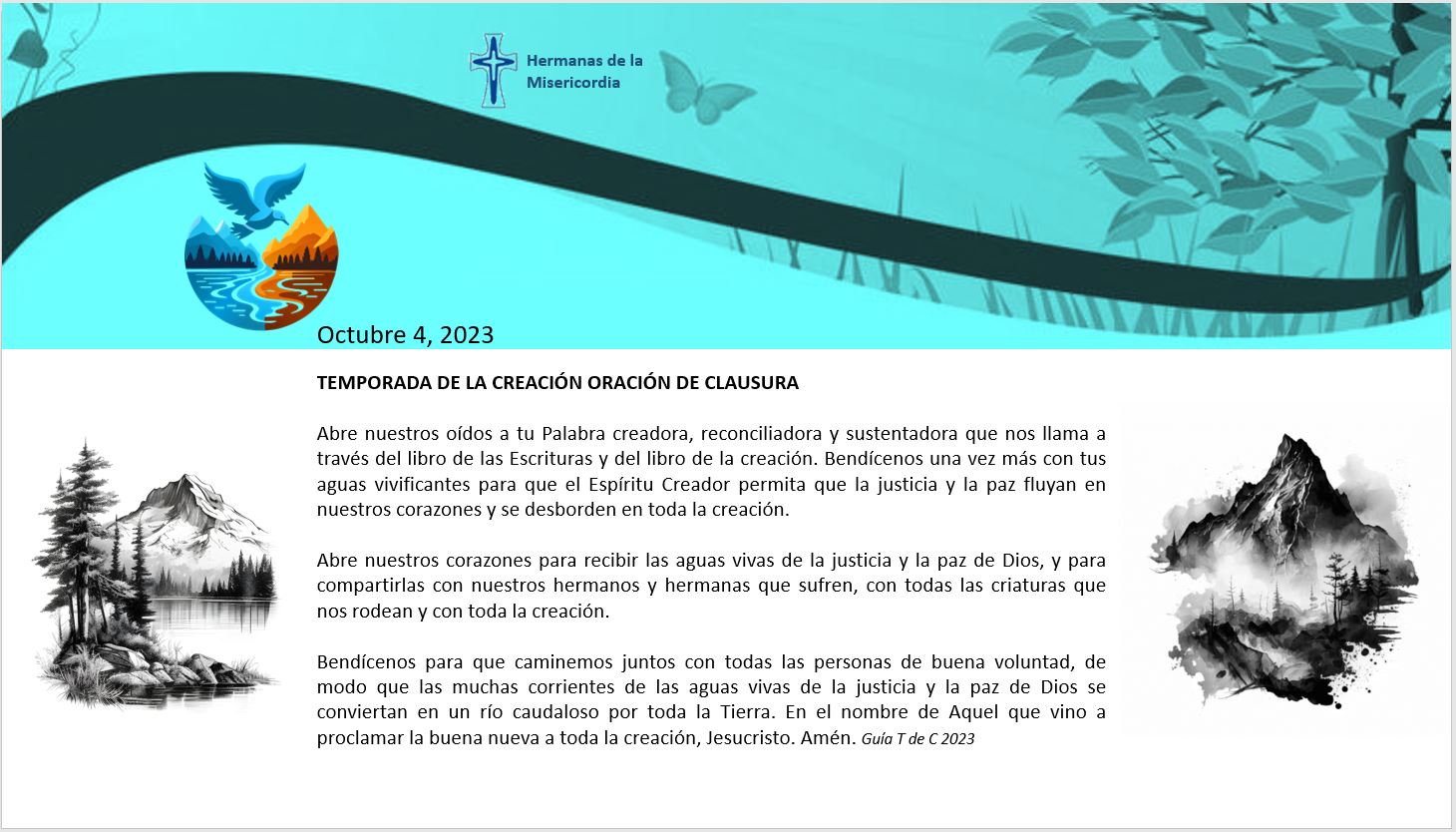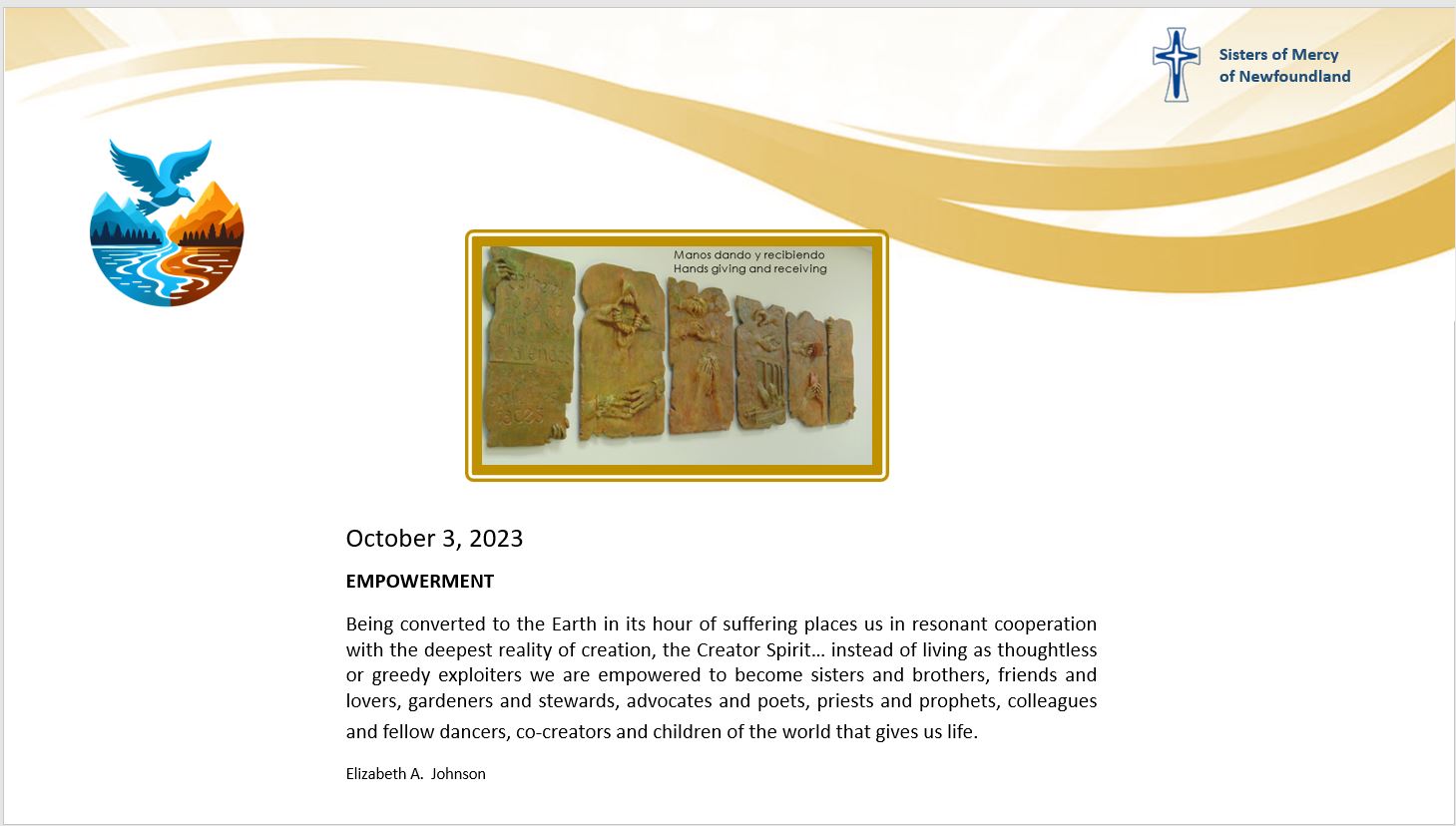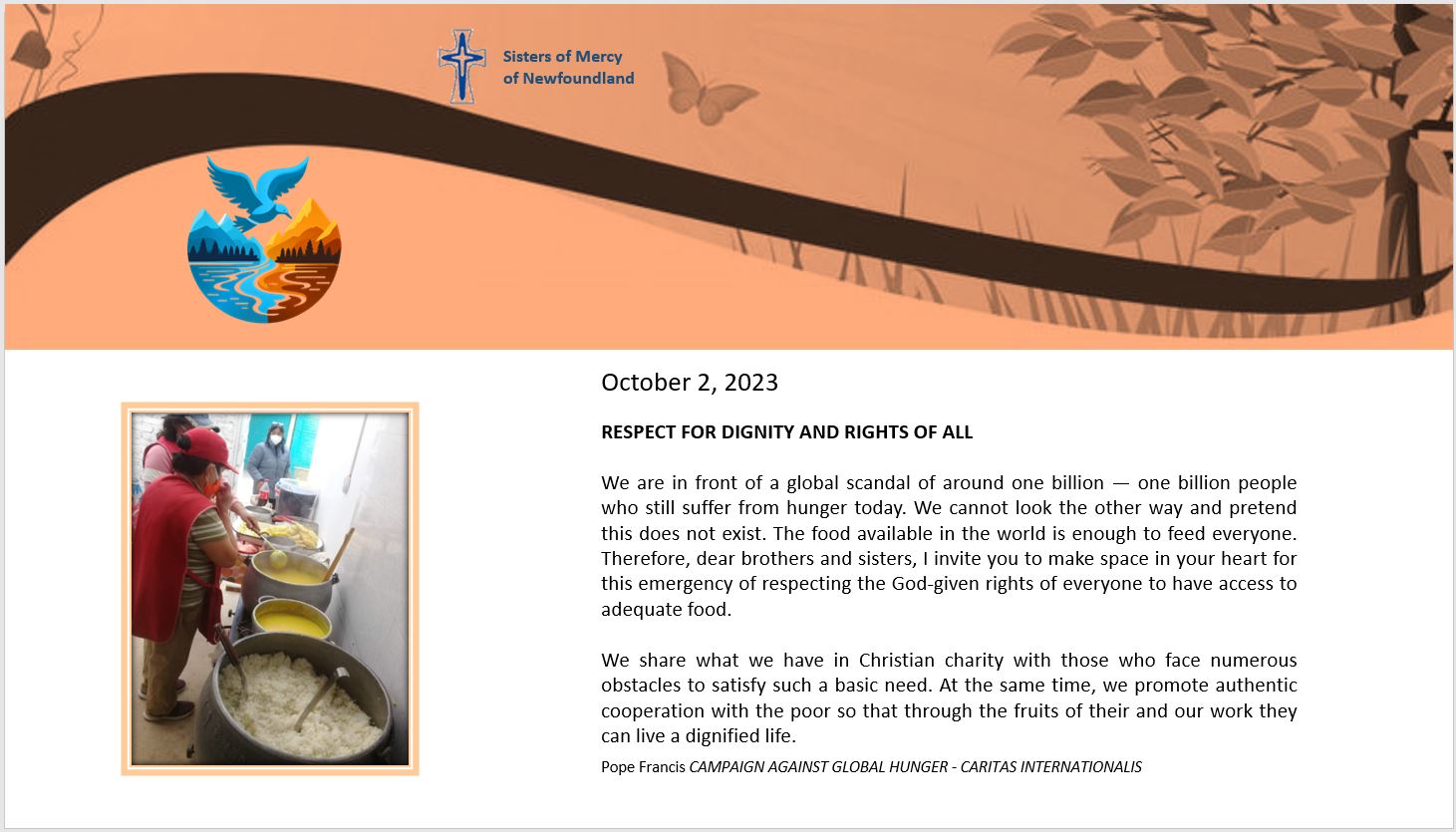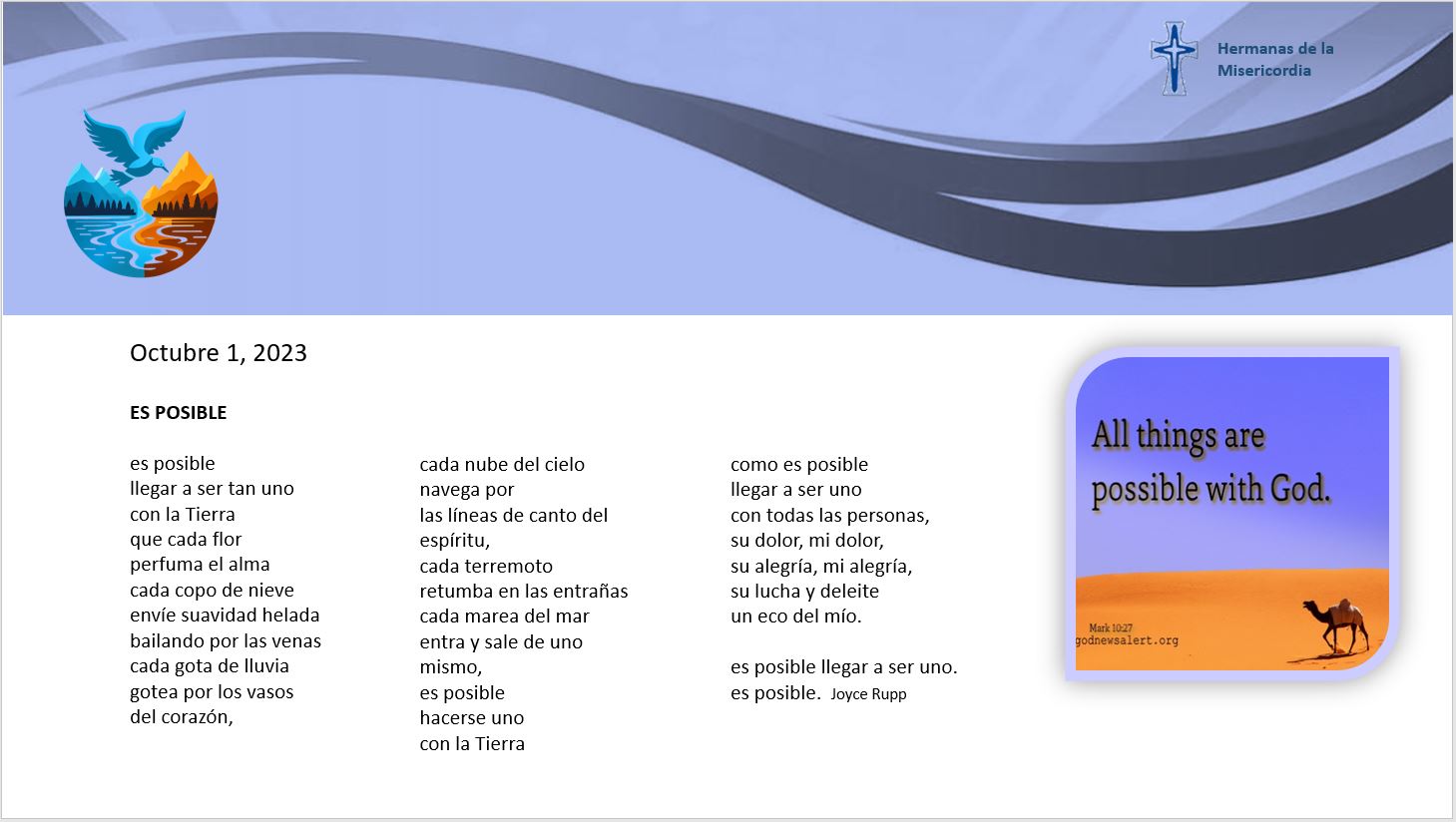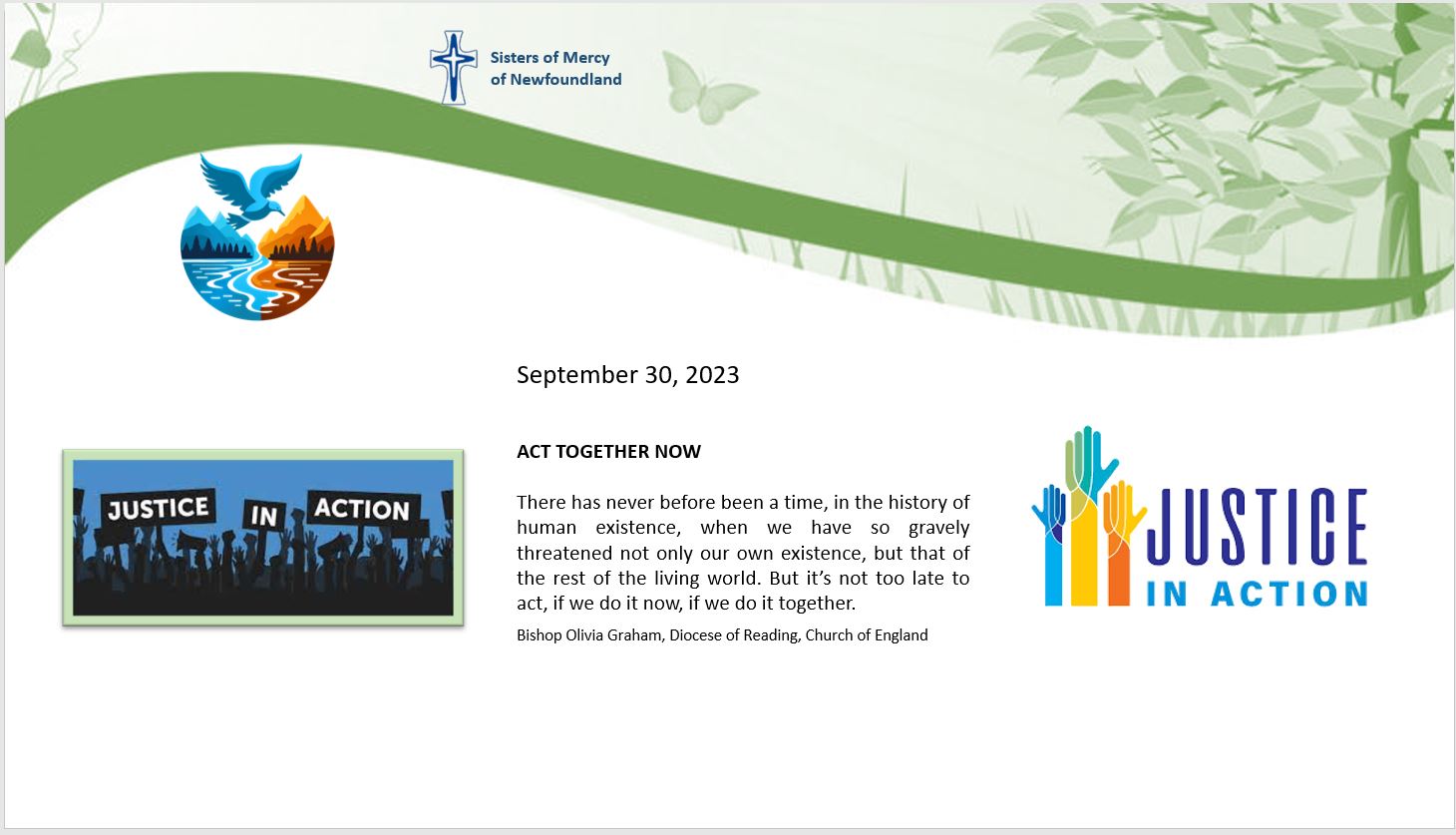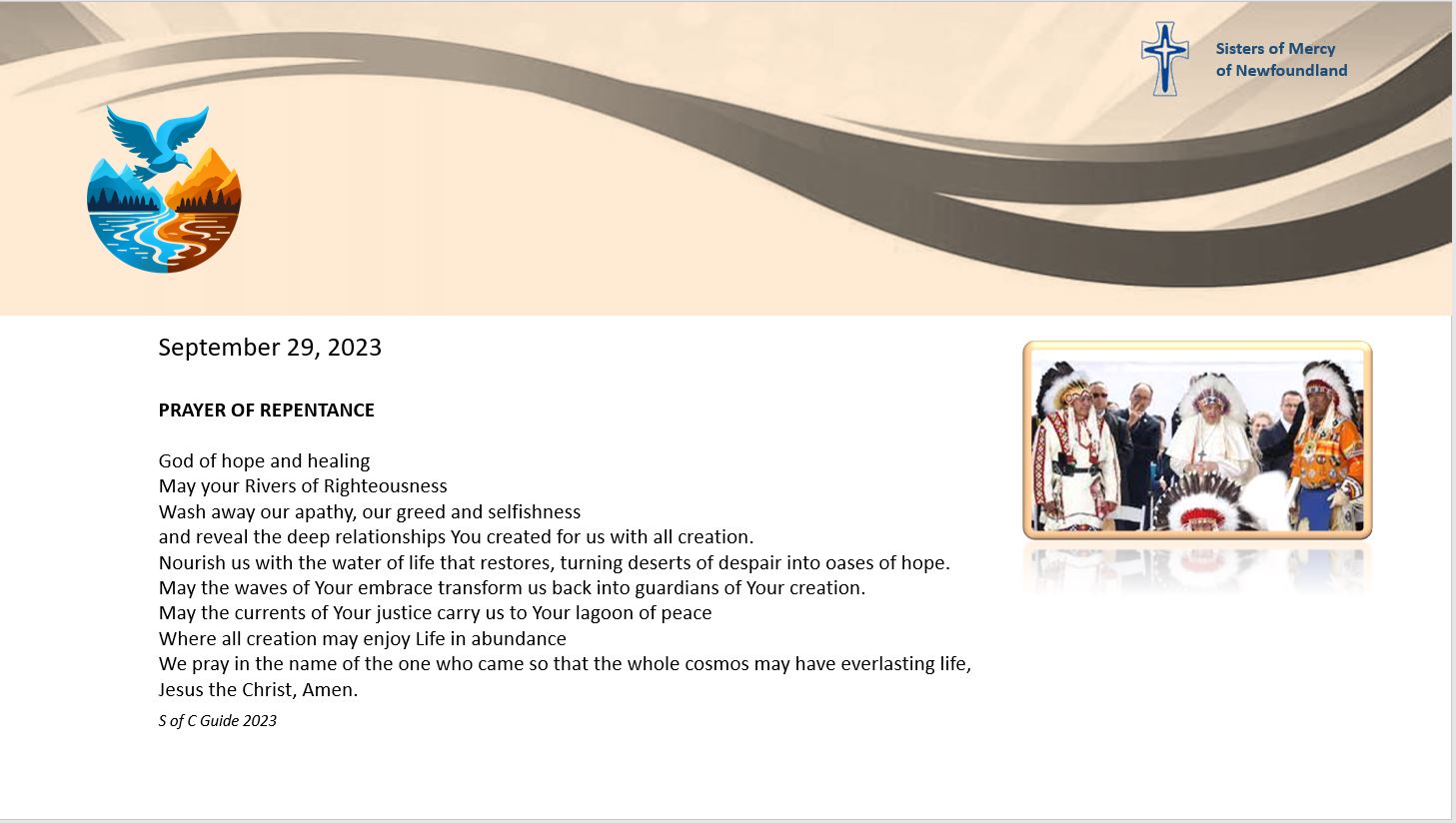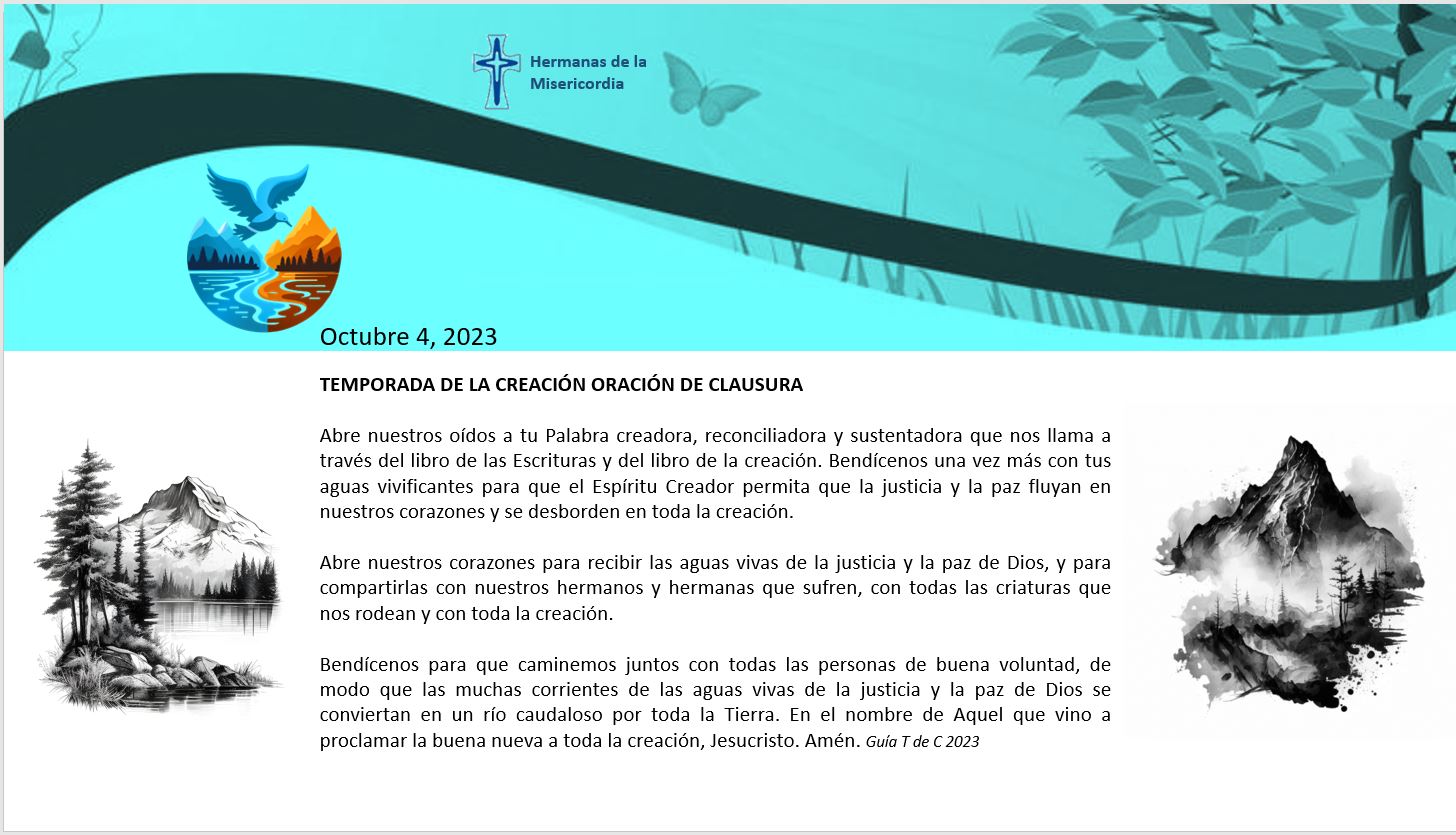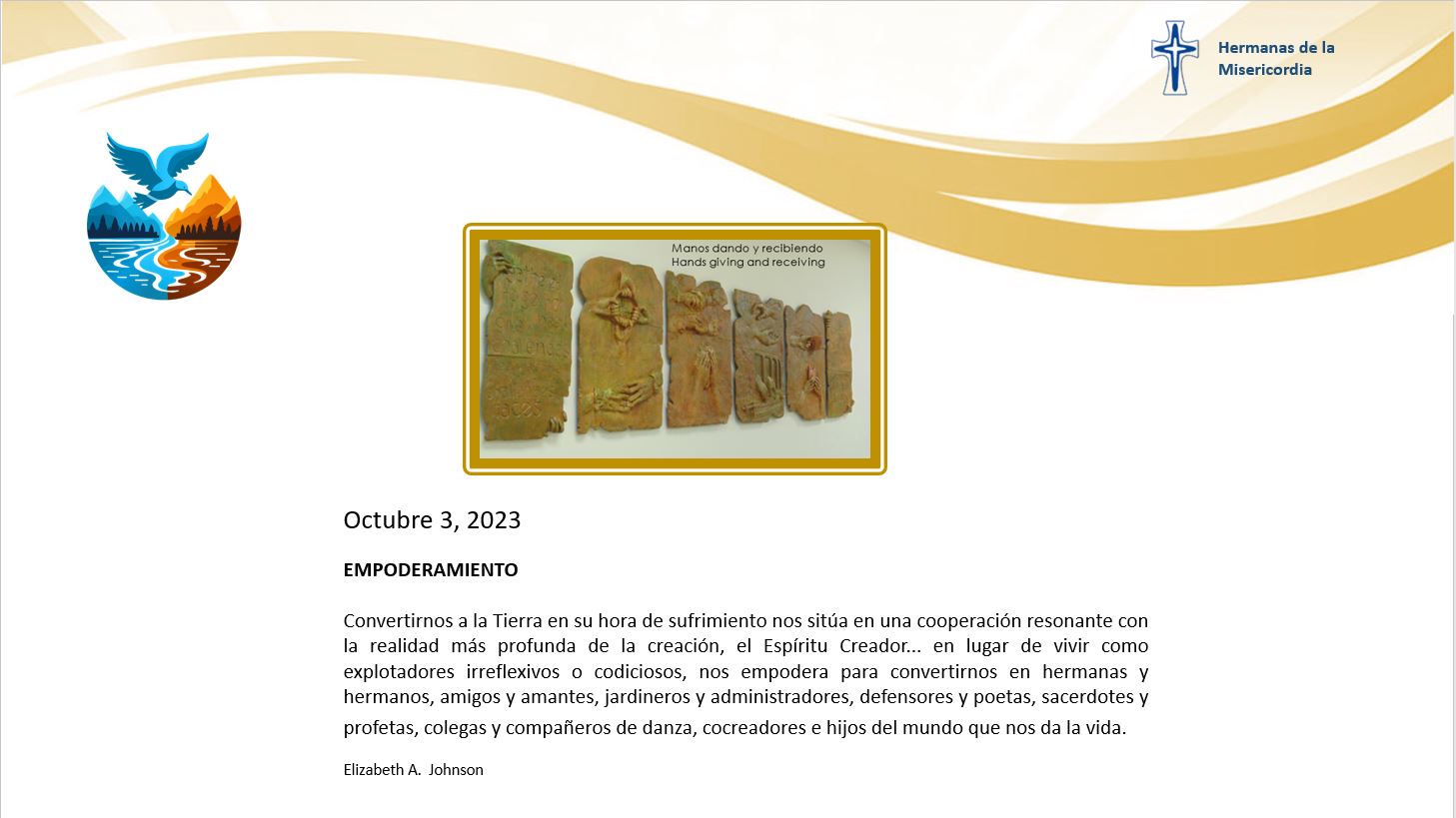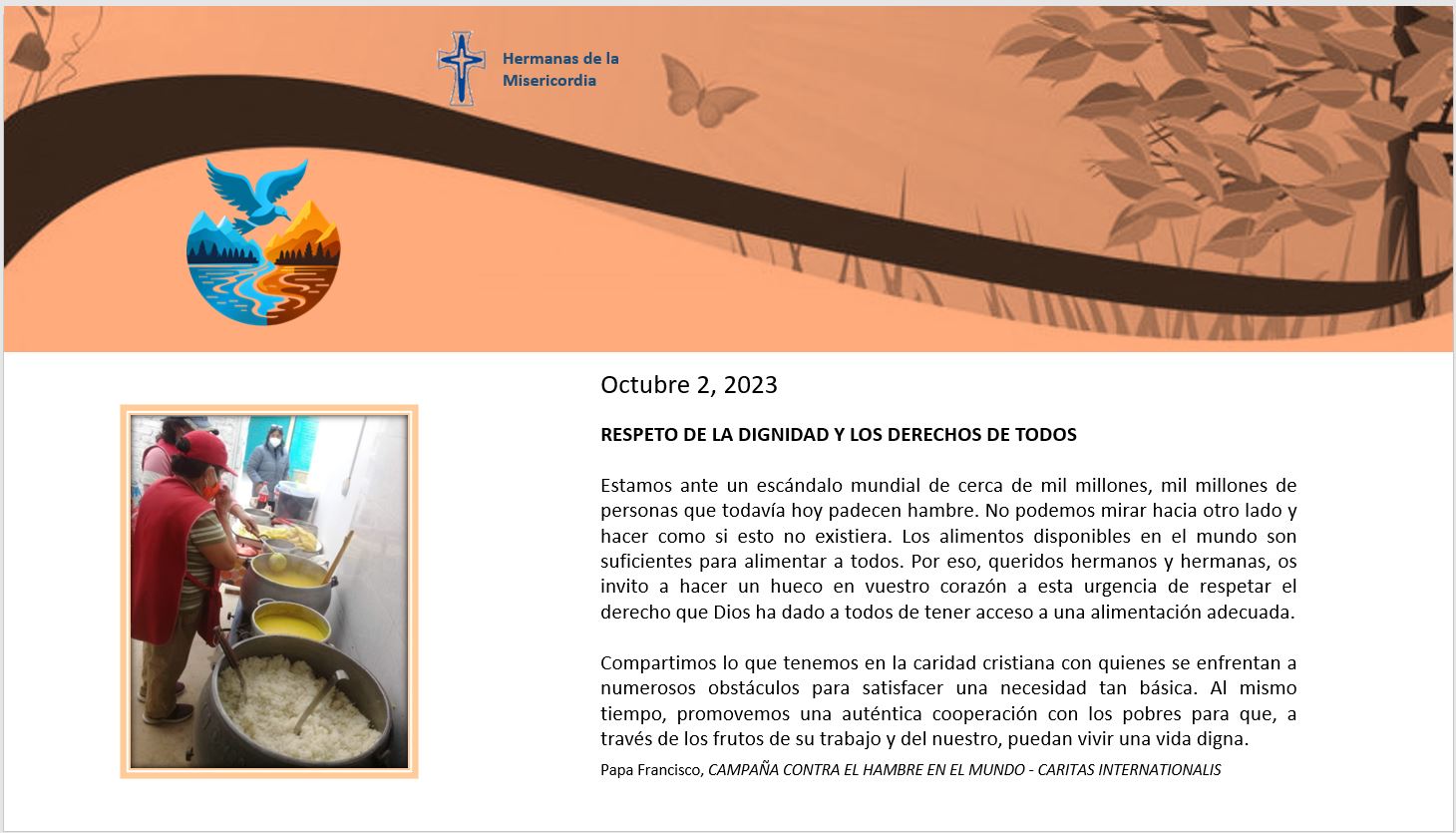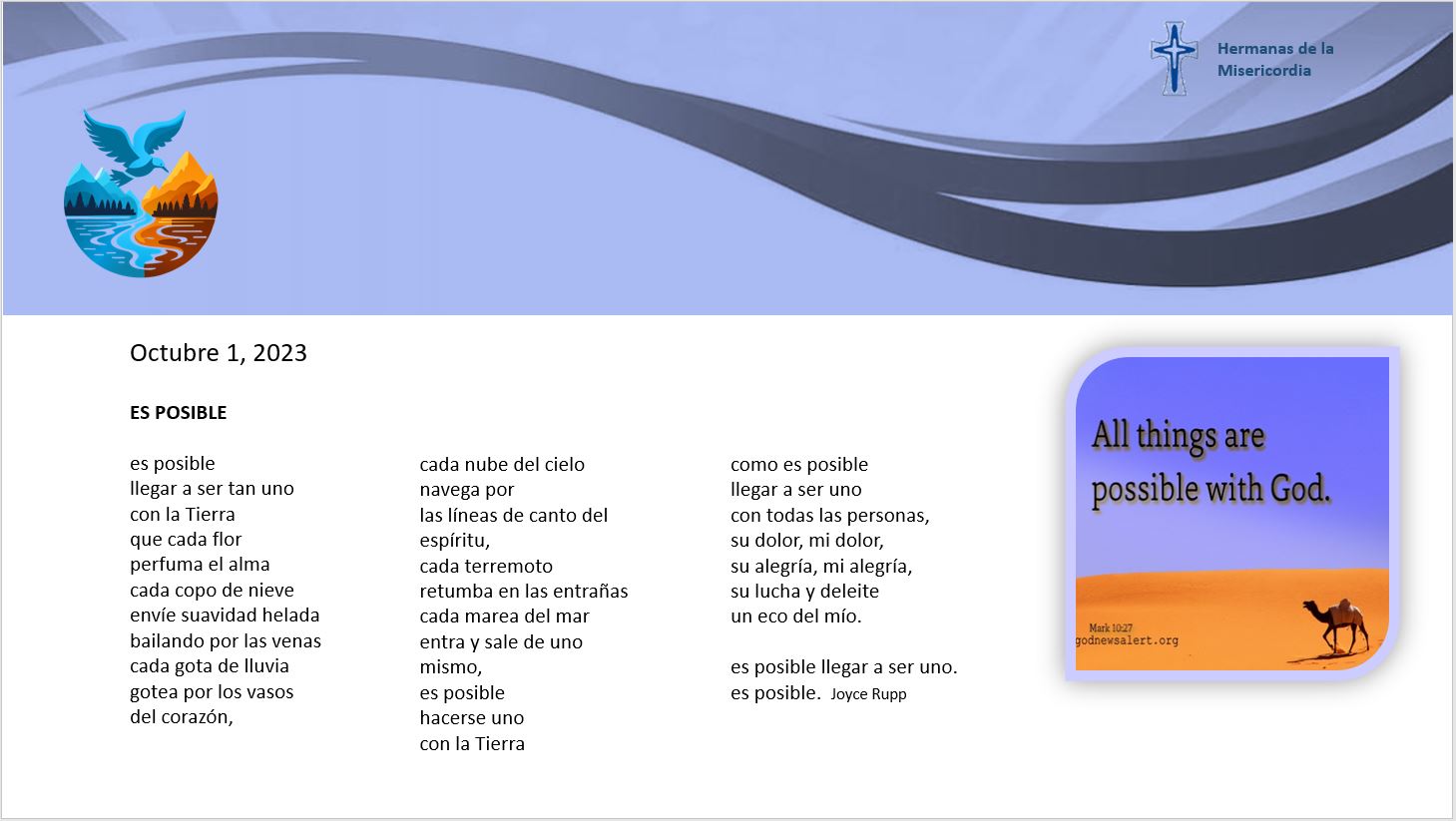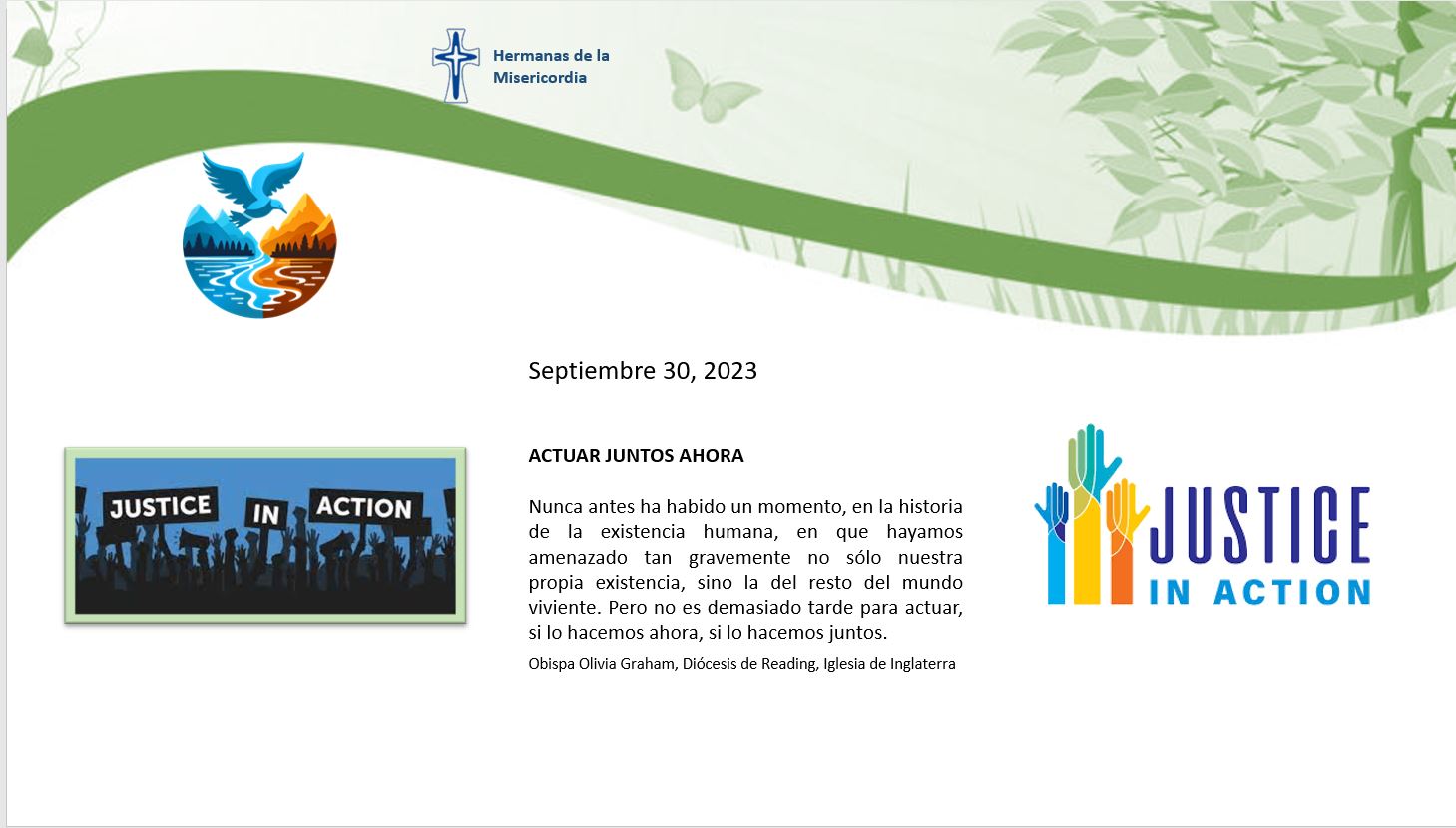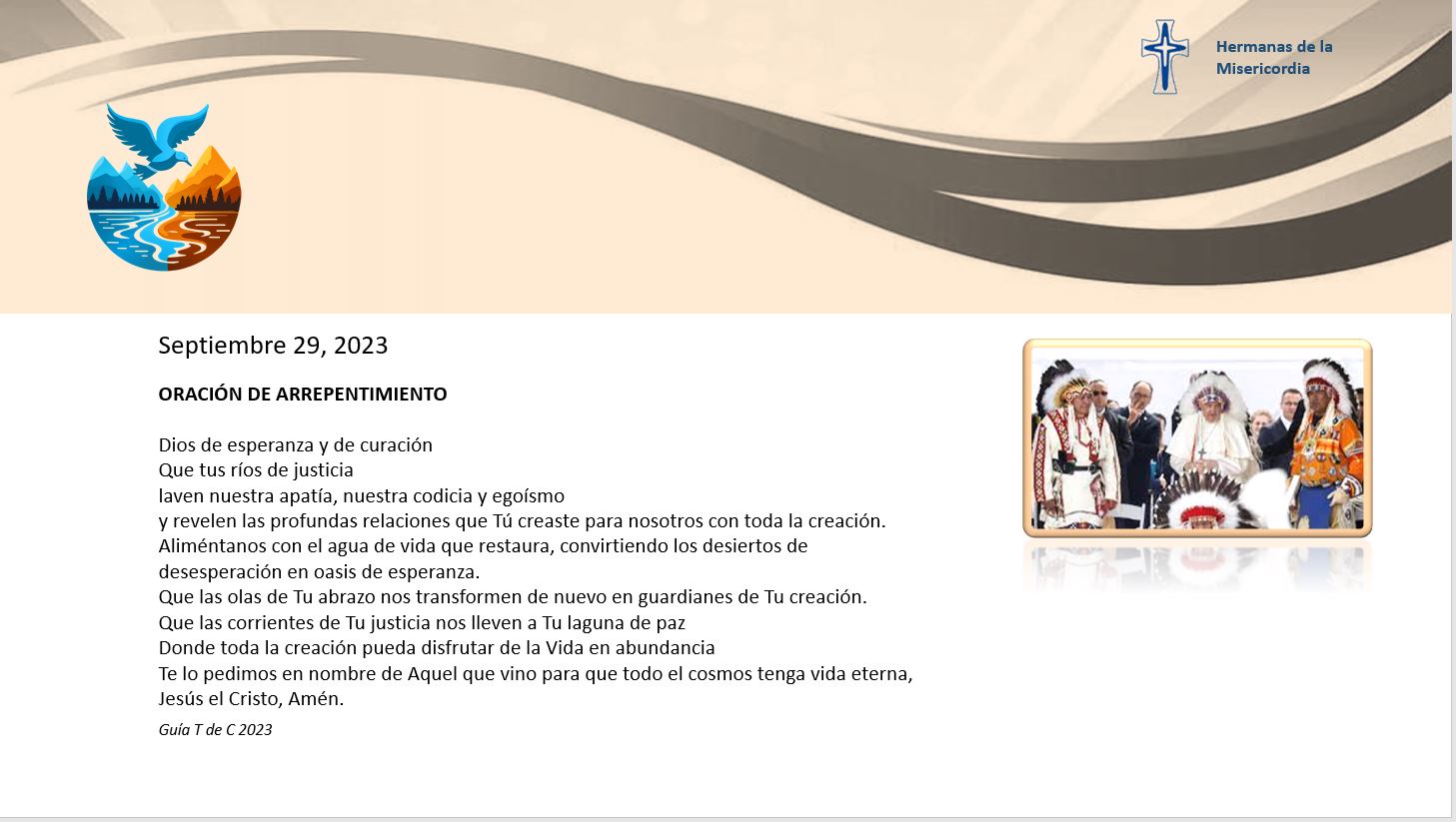A great tourist attraction in Newfoundland in the early summer is the arrival of icebergs. The waters off our coast are often called “iceberg alley”. These chunks of ice break off from glaciers in the Arctic or around Greenland and drift south with the current. Only one tenth of the size of an iceberg is above water.
The icebergs are made of fresh water, not salt water, and in recent years companies have harvested the ice to bottle the water for sale or use it to make beer, wine and alcohol.
Some of the most famous icebergs off our shores are known because of the sinking of the Titanic in 1912. In 1905 an iceberg with the resemblance of the Virgin Mary arrived just outside the Narrows of St. John’s Harbour. The Archbishop of St. John’s at the time, Archbishop Michael Francis Howley, was most impressed with it and called it the “Crystal Lady”. To this day it is unknown whether it was a natural phenomenon or was it carved by foreign fishermen. In more recent times a large one floated by the community of Ferryland dwarfing the homes on shore. This scene was reproduced on a Canadian stamp. A smaller berg was even in the shape of our island of Newfoundland. Sometimes, to appreciate their massiveness, it is necessary to compare them to a passing boat. In the photos below,Frank Ryan (Sr. Rosemary’s brother) is seen on his boat close to an iceberg in Trinity Bay, NL.
It is dangerous to get too close to icebergs in boats as it is unknown when they will “calf”, meaning break apart, and form smaller icebergs which roll over and make dangerous waves in the process.
Climate change may lessen these wonderful sights in the future with the melting of Arctic ice and the warming of our oceans. But we hope to enjoy them for years to come as they continue to be such attractions not only to tourists but to local residents as well who are thrilled at their arrivals.
Una gran atracción turística de Terranova a principios de verano es la llegada de los icebergs. Las aguas de nuestra costa suelen llamarse “el callejón de los icebergs”. Estos trozos de hielo se desprenden de los glaciares del Ártico o de los alrededores de Groenlandia y derivan hacia el sur con la corriente. Sólo una décima parte del tamaño de un iceberg está por encima del agua.
Los icebergs están hechos de agua dulce, no salada, y en los últimos años las empresas han recogido el hielo para embotellar el agua y venderla o utilizarla para fabricar cerveza, vino y alcohol.
Algunos de los icebergs más famosos de nuestras costas son conocidos por el hundimiento del Titanic en 1912. En 1905, un iceberg con el parecido de la Virgen María llegó a las afueras de los Estrechos del puerto de San Juan. El arzobispo de St. John’s en aquel momento, el arzobispo Michael Francis Howley, quedó muy impresionado con él y lo llamó la “Dama de Cristal”. A día de hoy se desconoce si fue un fenómeno natural o si fue tallada por pescadores extranjeros. En tiempos más recientes, uno de gran tamaño flotaba junto a la comunidad de Ferryland empequeñeciendo las casas de la orilla. Esta escena se reprodujo en un sello canadiense. Un iceberg más pequeño tenía incluso la forma de nuestra isla de Terranova. A veces, para apreciar su masividad, es necesario compararlos con un barco que pasa. En las fotos de abajo, se ve a Frank Ryan (hermano del Sr. Rosemary) en su barco cerca de un iceberg en Trinity Bay, NL.
Es peligroso acercarse demasiado a los icebergs en barco, ya que no se sabe cuándo se romperán y formarán icebergs más pequeños que se volcarán y provocarán peligrosas olas.
El cambio climático puede reducir estas maravillosas vistas en el futuro con el deshielo del Ártico y el calentamiento de nuestros océanos. Pero esperamos seguir disfrutando de ellos en los años venideros, ya que siguen siendo una atracción no sólo para los turistas, sino también para los residentes locales, que se emocionan con su llegada.


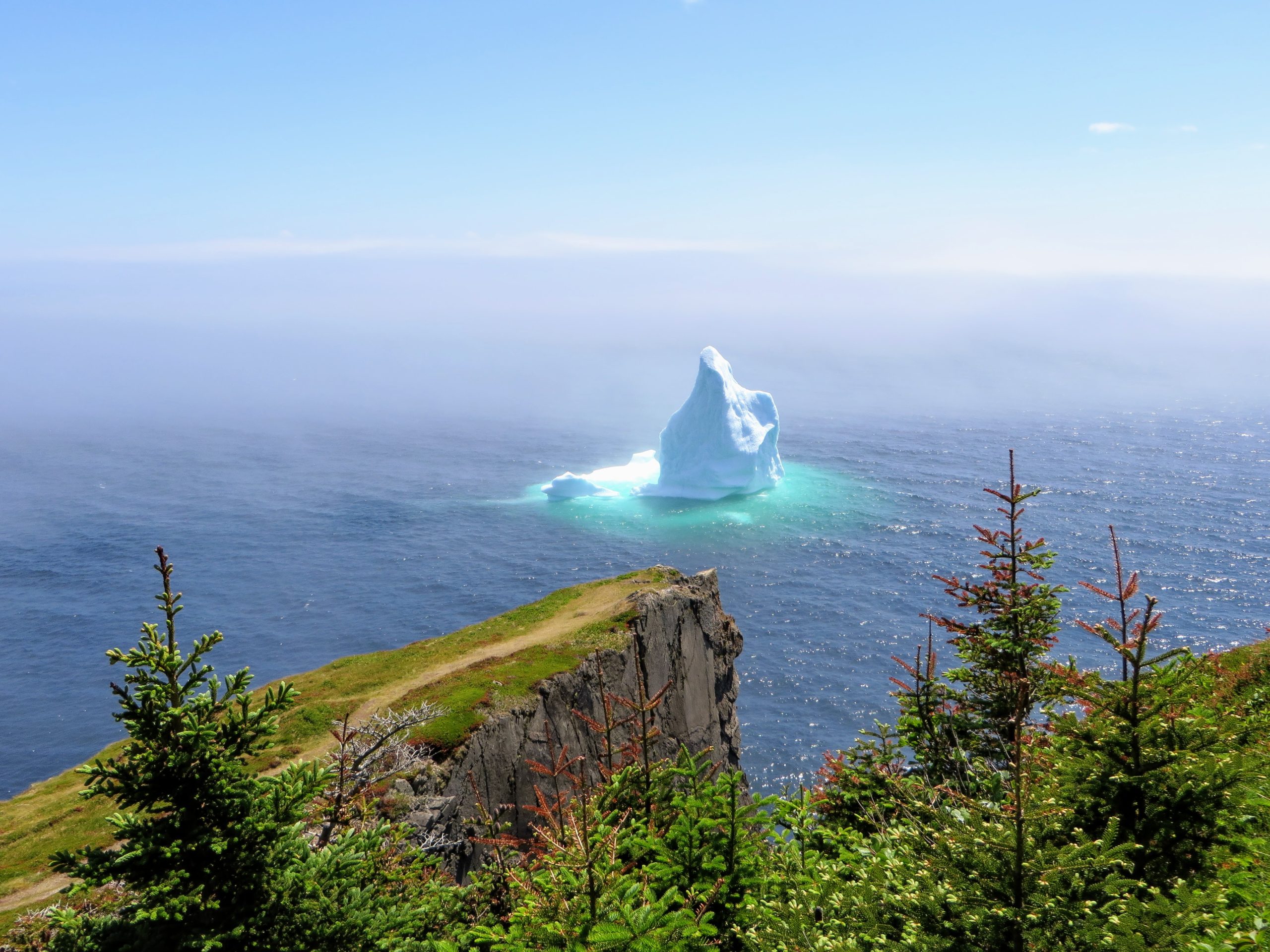
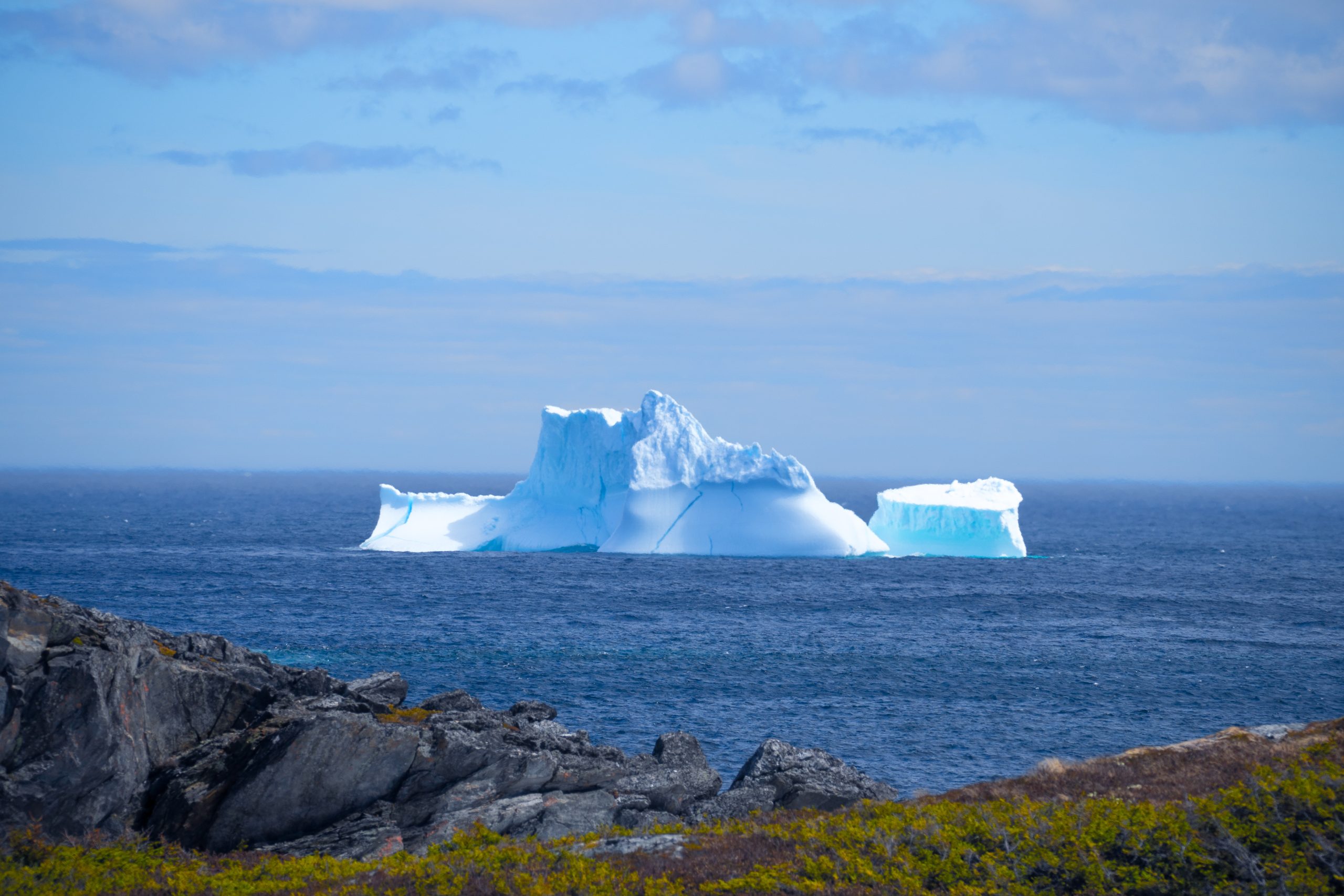
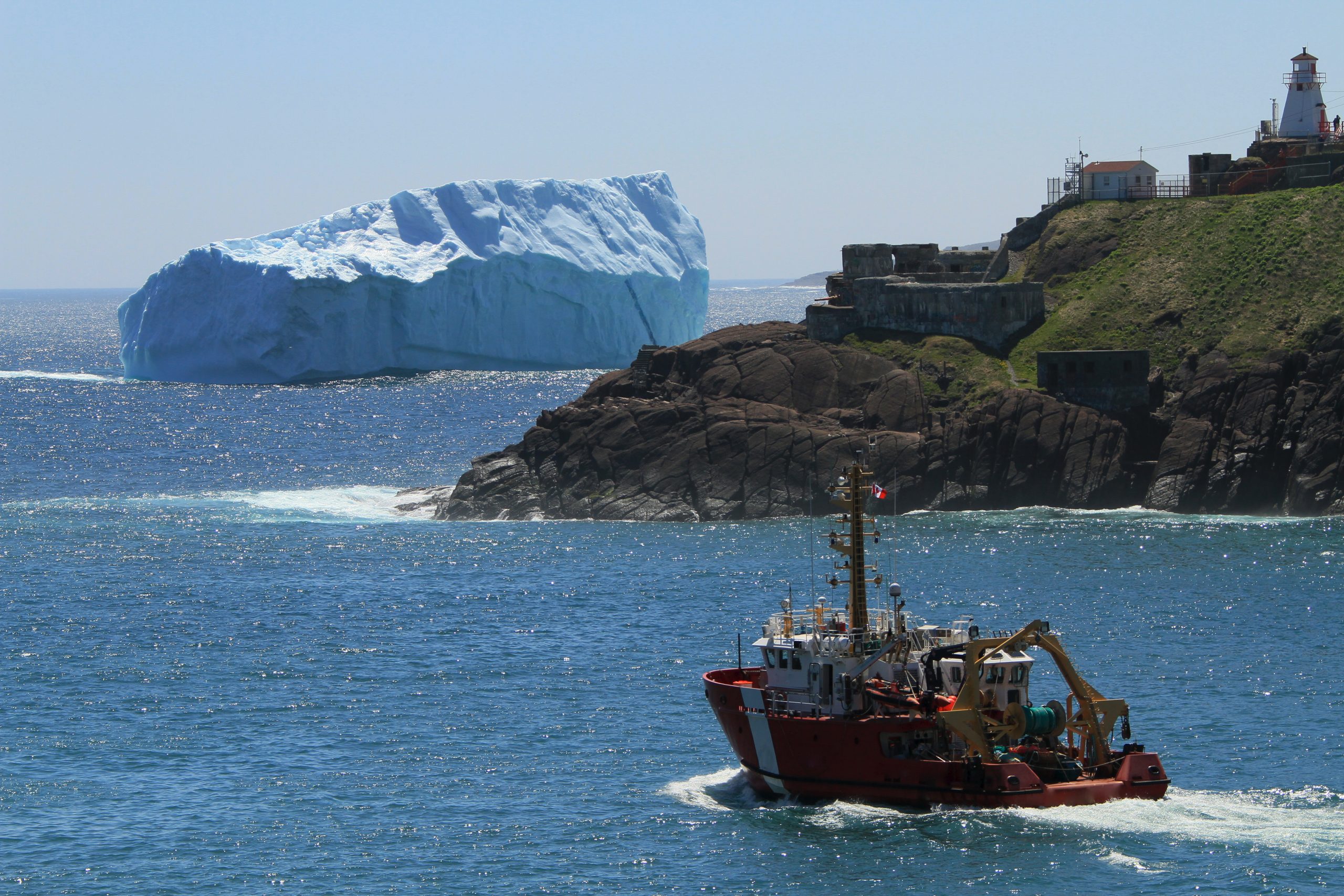


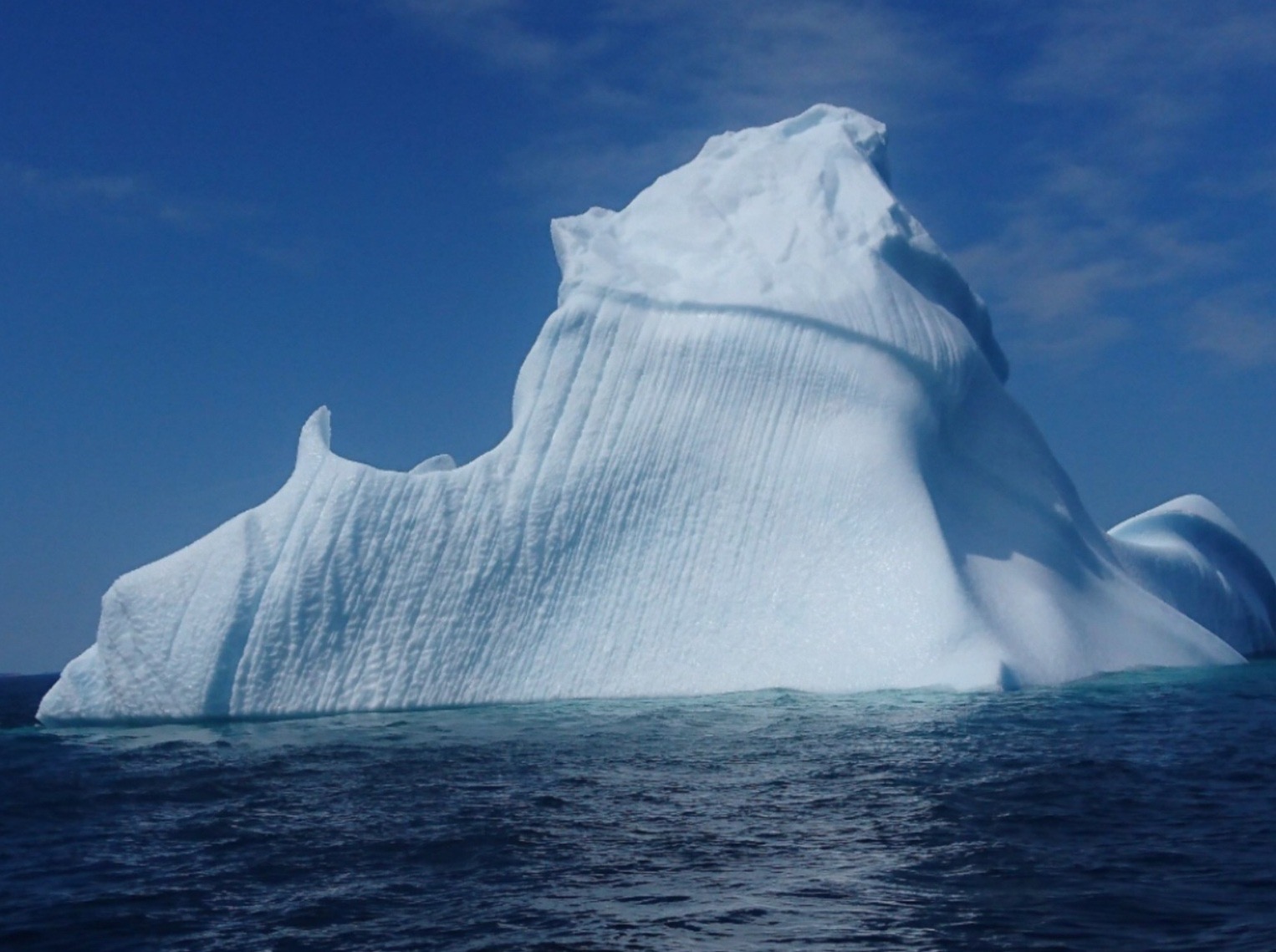
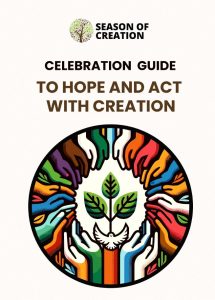 The theme for this year is To Hope and Act with All Creation, and the symbol is based on Romans 8.
The theme for this year is To Hope and Act with All Creation, and the symbol is based on Romans 8.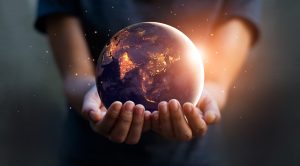 El tema de este año es una “llamada a las armas” a toda la comunidad mundial -personas, organizaciones, gobiernos, países- para que trabajen con diligencia en la eliminación progresiva de todos los plásticos de un solo uso para 2030 y en una reducción del 60% en la producción de plásticos para 2040.
El tema de este año es una “llamada a las armas” a toda la comunidad mundial -personas, organizaciones, gobiernos, países- para que trabajen con diligencia en la eliminación progresiva de todos los plásticos de un solo uso para 2030 y en una reducción del 60% en la producción de plásticos para 2040.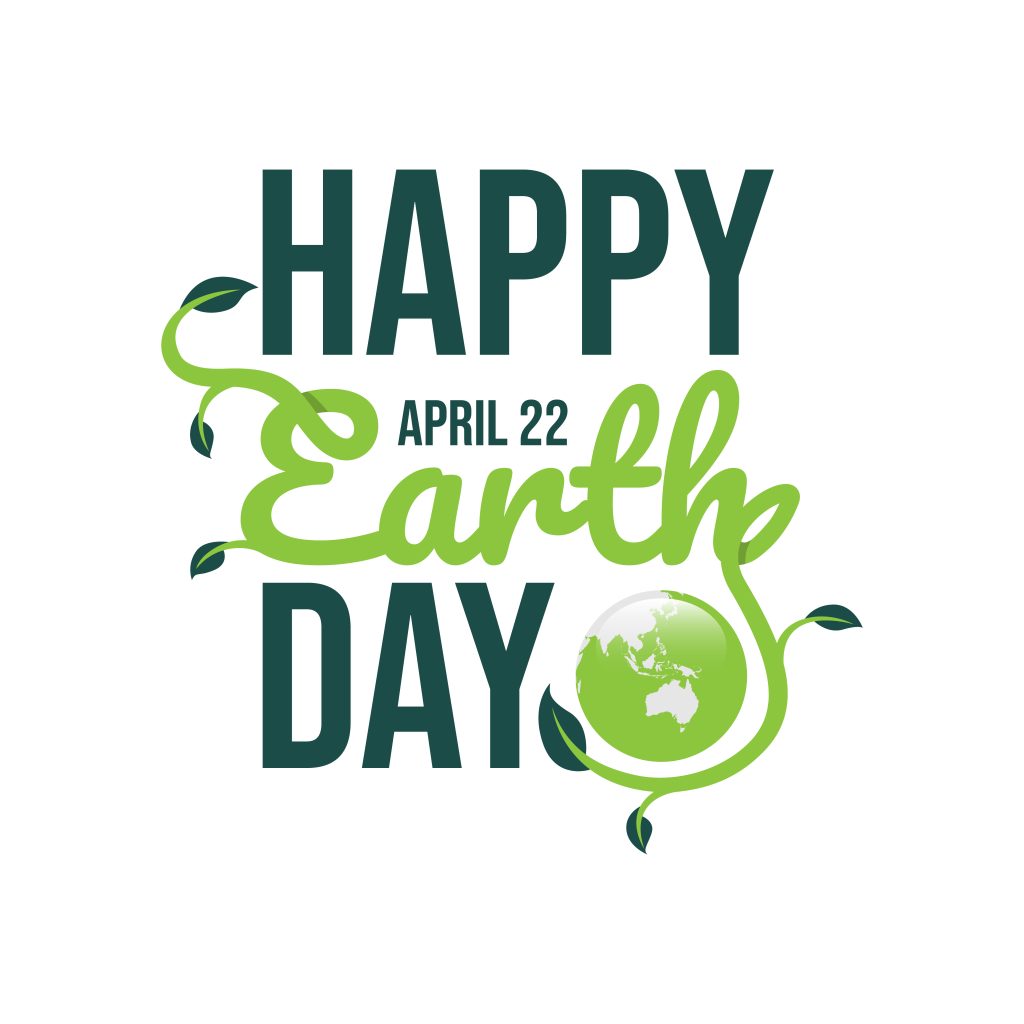 We invite you to dowload and use our Reflection for your inspiration.
We invite you to dowload and use our Reflection for your inspiration.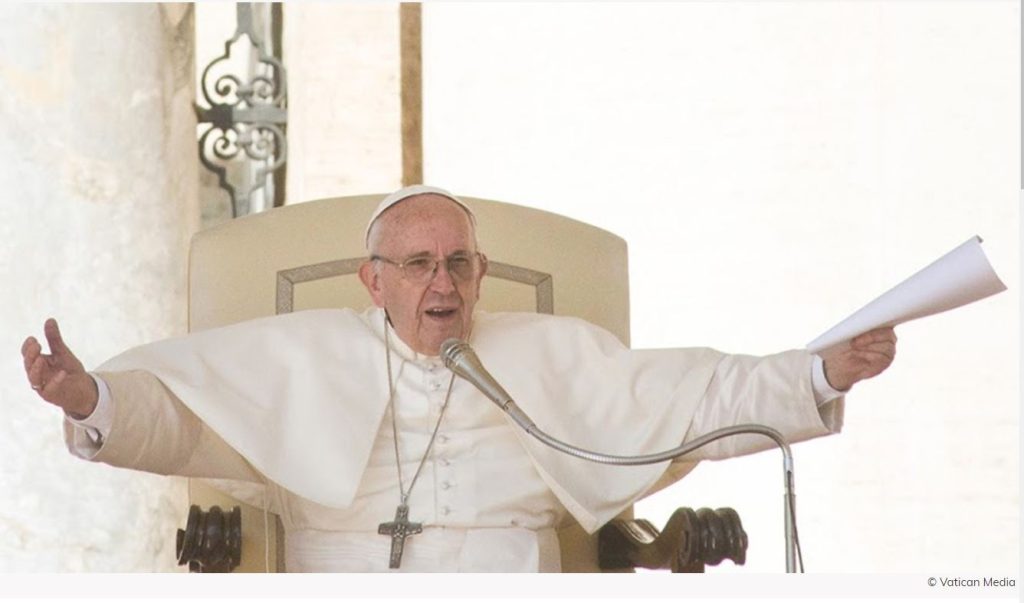 In
In 